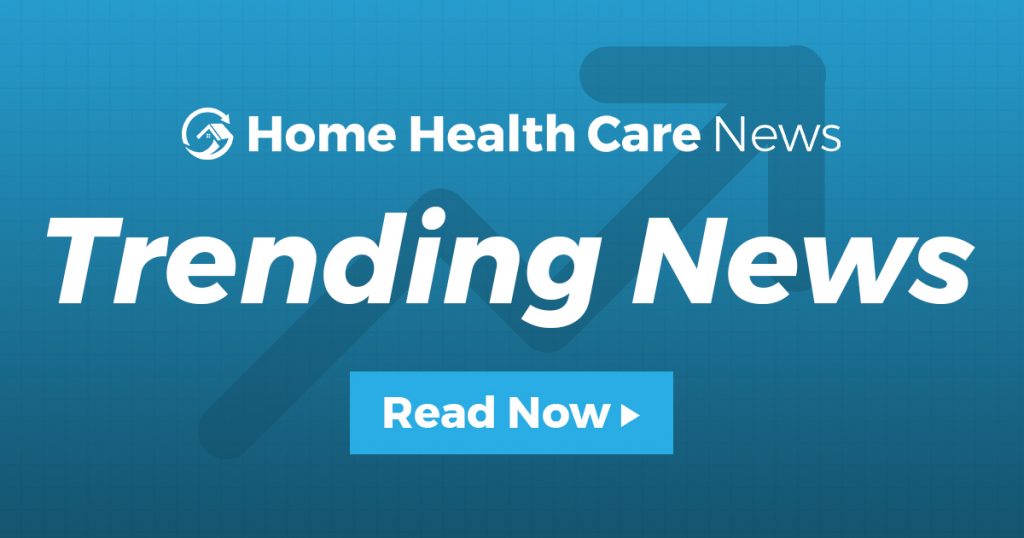
How Coding Could Change Under The Home Health Proposed Payment Rule
As home health providers wait for the finalized version of the proposed payment rate rule, it’s important to get familiar with the coding changes the proposal makes, and how it will directly impact Patient-Driven Groupings Model (PDGM) calculations.
When coding, the primary diagnosis of the patient should be driven by the primary focus of care for that time period.
“When you’re initially coding a brand new start of care for a patient, or a recertification of a patient, you’re obviously going to be coding the primary focus that is the intent for that 60-day episode,” Melinda Gaboury, CEO of Healthcare Provider Solutions, said during a webinar hosted by the company on Tuesday. “That, of course, is for the plan of care and initially for the start of care OASIS.”
Under the proposed rule, with the implementation of OASIS-E, there won’t be a diagnosis to put on a recertification OASIS, according to Gaboury.
“Coding from an OASIS standpoint will not even exist when you recertify patients, but the plan of care and orders to take care of the patient in a recertification period still have to be coded,” she said.
The proposed rule also makes updates to comorbidity subgroups.
Currently, there are 20 subgroups for low comorbidity adjustments. There are 23 subgroups for low comorbidity adjustments in the proposed rule. For high comorbidity adjustments, there are 87 subgroup interactions. There are 94 high comorbidity adjustments in the proposed rule.
“The musculoskeletal 1 diagnoses and the respiratory 9 diagnosis categories will be completely removed from the low comorbidity calculation,” Gaboury said. “Circulatory 2, gastro 1, neo 3, neuro 12 and, and respiratory 10 will all be added to the secondary low comorbidity adjustment list.”
The proposed rule reassigns 320 diagnosis codes to a different clinical group if they are listed as primary. It reassigns 37 diagnosis codes to a different comorbidity subgroup when listed as a secondary diagnosis.
Additionally, 159 diagnosis codes are going to be completely removed from the list of acceptable primary diagnoses under PDGM.
“If you’ve been using any of those 159 diagnoses as a primary diagnosis on your claims, you will not be allowed to use those after January 1,” Gaboury said. “Your software systems should update, so that you’re not able to use those codes as primary anymore.”
There’s also a COVID-19 related change in the proposal. The proposed rule reassigns diagnosis code U09.9 — post COVID–19 condition, unspecified — from comorbidity subgroup, respiratory 2 to respiratory 10.
During the webinar, Gaboury also addressed the face-to-face encounter.
“The face-to-face encounter has been in our lives tormenting us, for lack of a better term, since 2011,” she said. “In 2015, instructions for the face-to-face encounter were revised. You must have an actual encounter note from the practitioner that has conducted the face-to-face encounter. You can no longer use the old dead form, so if you’re still using that old dead form, you need to stop.”
Plus, the primary diagnosis on a care plan should be treated during the face-to-face encounter.
“Let’s say your primary diagnosis for home care is diabetes,” Gaboury said. “There has to be some kind of treatment order, medication change, [or] something that the physician has documented that they have assessed and treated that diagnosis in that encounter note in order for it to be considered a valid face-to-face encounter and for your patient’s home health certification to be reality. Without that piece of the puzzle, you are not going to pass medical review.”